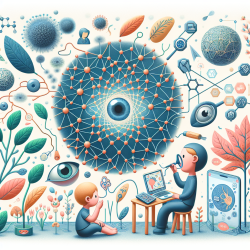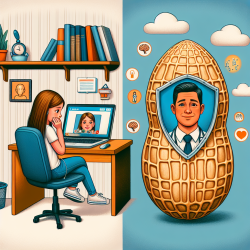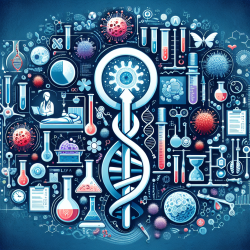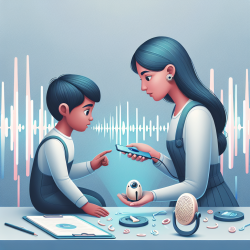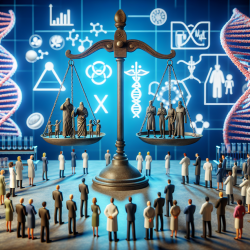Introduction
In the world of speech-language pathology, the quest for innovative methods to enhance therapeutic outcomes is ongoing. Recently, a fascinating study titled "Bio-inspired Murray materials for mass transfer and activity" has shed light on how nature's designs can inspire the development of materials with superior properties. This research, although primarily focused on materials science, offers intriguing insights that could be adapted to improve therapeutic practices, particularly in the realm of online therapy services like those provided by TinyEYE.
Understanding Murray's Law
Murray's Law, a principle derived from the vascular systems of plants and animals, describes how hierarchical networks of pores optimize mass transfer. These natural systems have evolved to maximize efficiency, durability, and adaptability. By mimicking these structures, scientists have developed synthetic materials with enhanced mass exchange and transfer capabilities. Such materials have shown remarkable performance improvements in applications like photocatalysis, gas sensing, and energy storage.
Implications for Speech-Language Pathology
While the direct application of Murray materials in speech therapy might not be immediately apparent, the underlying principles can inspire new approaches to therapy delivery. Here are a few ways practitioners might leverage these insights:
- Optimized Therapy Environments: Just as Murray materials enhance mass transfer, therapists can create optimized environments that facilitate better communication and learning. This could involve structuring therapy sessions to maximize engagement and information retention.
- Adaptive Learning Strategies: Nature's ability to adapt and self-repair can inspire adaptive learning strategies in therapy. Tailoring sessions to the unique needs of each child, much like how natural systems adjust to their environments, could enhance therapeutic outcomes.
- Hierarchical Goal Setting: Emulating the hierarchical nature of Murray networks, therapists can set tiered goals for children, allowing for incremental progress and sustained motivation.
Encouraging Further Research
The study of bio-inspired materials opens a plethora of opportunities for interdisciplinary research. Speech-language pathologists are encouraged to collaborate with materials scientists to explore innovative solutions that could enhance therapy delivery. By integrating principles from diverse fields, practitioners can develop novel approaches that are both effective and sustainable.
Conclusion
As we continue to seek better outcomes for children in speech therapy, the inspiration from nature and its optimized systems offers a promising avenue for exploration. By embracing interdisciplinary research and applying principles from studies like "Bio-inspired Murray materials for mass transfer and activity," we can pave the way for more effective and engaging therapy practices.
To read the original research paper, please follow this link: Bio-inspired Murray materials for mass transfer and activity.
